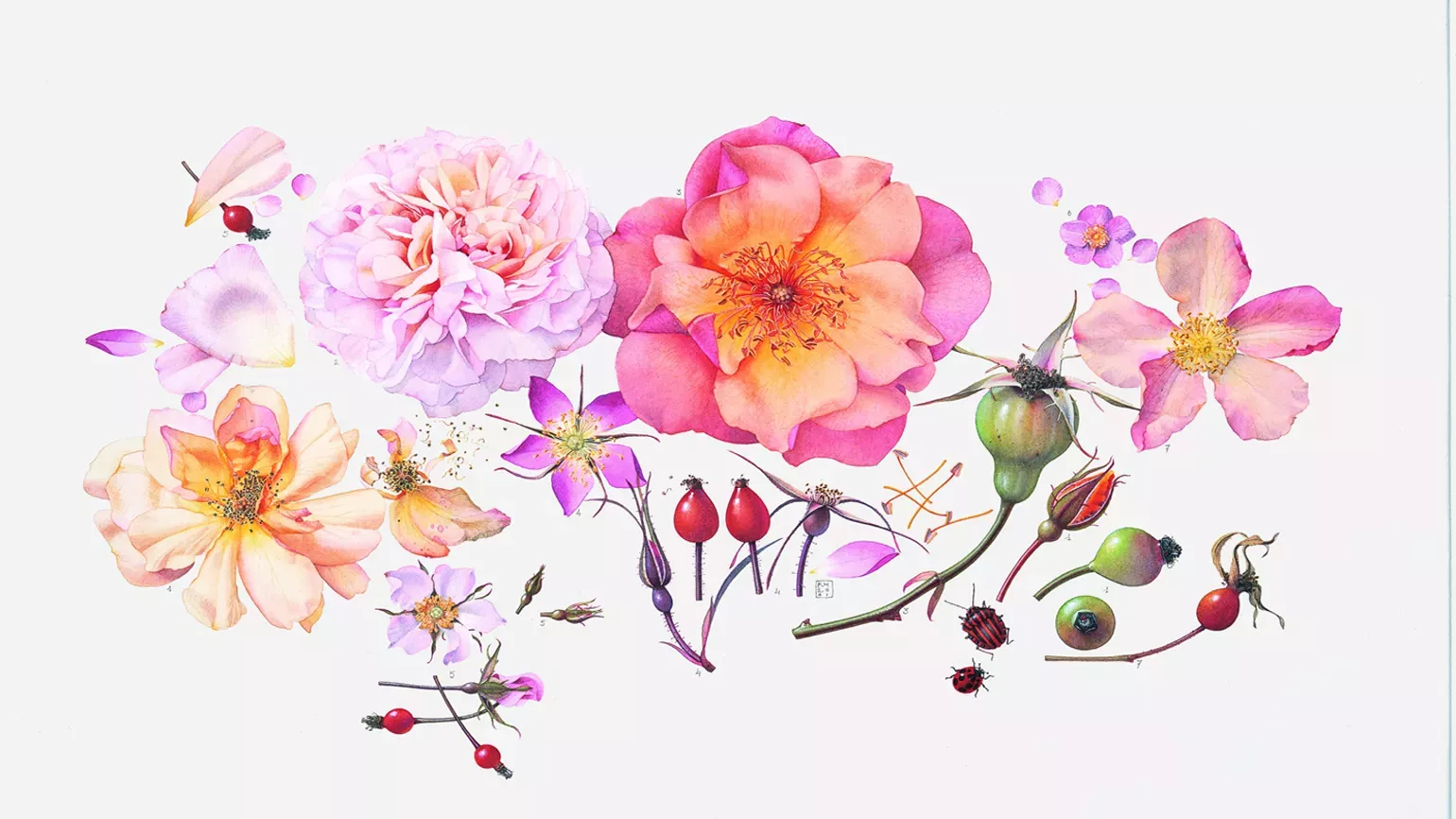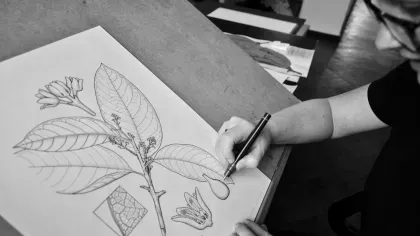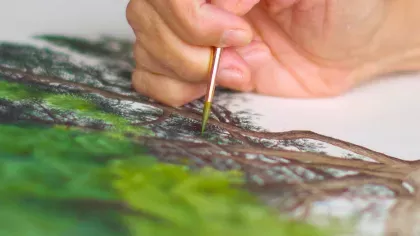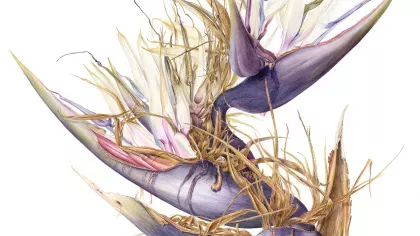15 May 2018
How to be a botanical artist
Hone your botanical art skills with these top tips from Kew’s botanical artists.

Creating botanical art
Botanical art fuses art and science to produce images that have an important role in documenting and identifying plants.
While botanical artists follow certain requirements in order to create accurate images so that plants can be identified, each botanical artist and scientific illustrator follows a slightly different process.
Some illustrations are done as quickly as within three days, others can take months or even a year.
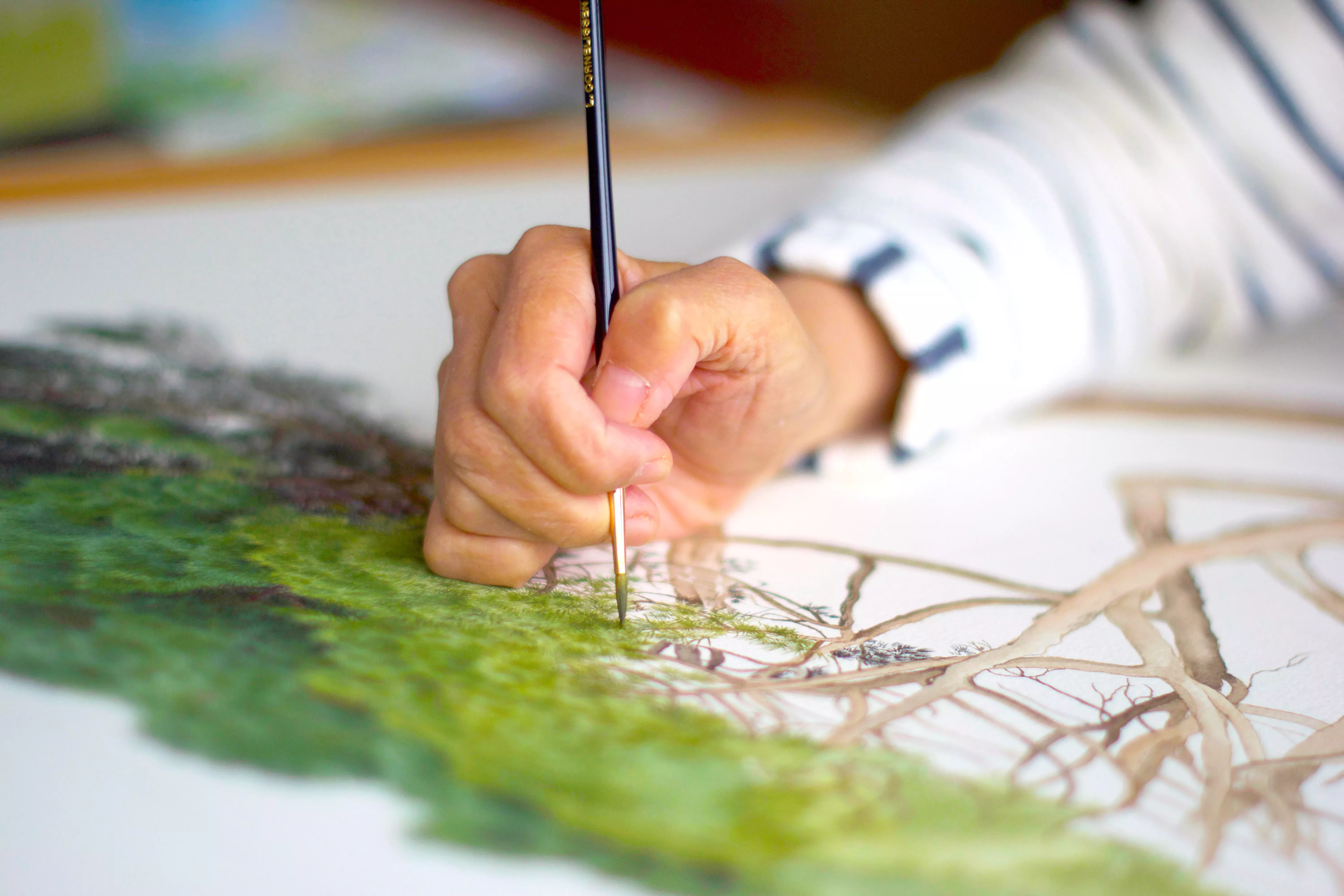
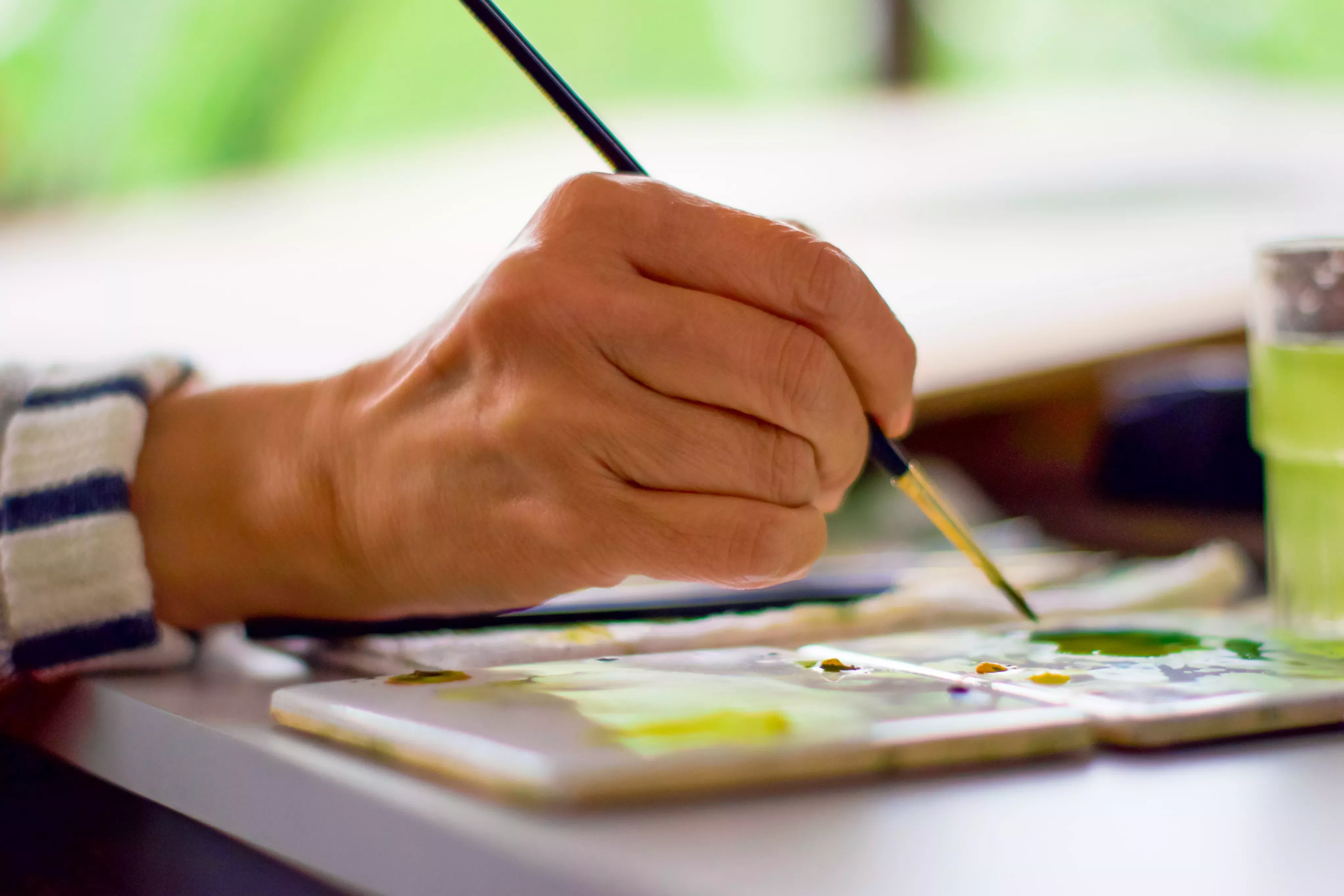
An expert approach
Penny Price
Firstly I have to locate the plant and this can take a long time!
If I am locating a plant in the field I might have to revisit it at different times of the year to collect the flowers or its seeds. Using a sketchbook I take note of the essential features of the plant, measuring it carefully and noting its habit.
Does it trail downwards or along the ground? Does it climb? Is it a tree or a herb? What is the leaf shape or how does it produce? I make note of the colours and might fill in some colour on my pencil sketch.
Having got all the information I need I use tracing paper to organise the plant to fit the sheet of paper in a pleasing way. I trace it down and then after checking that it is accurate I will begin to paint in watercolour, building up layers of colour in a few washes followed by detail.
This whole process can take one day, a month, or a whole year. Typically, a painting will take me two weeks.
Lucy Smith
Scientific illustration typically starts by determining which elements should be included in the illustration. This part is usually directed by the commissioning botanist.
I then start to plan my composition by positioning the largest elements of the plant on the page and drawing them accurately onto what will be the finished sheet of paper.
The details (for example, flower dissections) are then made in my sketchbook, often using a microscope to fully capture those parts which can’t be seen with the naked eye.
All of these elements are then brought together and added to the final drawing, at which point they are checked for accuracy by the botanist. I then ink over the pencil drawing using rotring pens.
When finished, I add a legend explaining all of the magnifications and reductions used, plus which specimens were used as reference. All this I try to do in three days (but it often takes longer)!
Top tips
Feeling inspired? Get started with your own botanical art and illustration with the help of these tips from Kew’s botanical artists and scientific illustrators.
Judi Stone
- Draw what you can actually see - not what you think you can see
- Don’t rush - be prepared to take as long as it takes to do justice to the subject material.
Hazel Wilks
- Don’t be scared of mistakes. You’ve got to get to know plants and do a lot of drawing and look at different structures. You will, with time, learn to fix mistakes
- Understand the science behind plants. Capture things as you see them
- When working from live plants you can take photos and then ink the drawing in the next day using the photographs to help.
Anita Barley
- Don’t give up if it’s something that you feel strongly drawn towards. Don’t beat yourself up if it doesn’t work out in a particular way and try some other way
- Contain the impatience. Sometimes the process is a lot more fulfilling than the end product
- It’s not always just about doing things that you really love, because sometimes they don’t work out as a painting.
Georita Harriot
- Find a good partner to support your work
- Make a rough sketch first, then develop it into a full pencil drawing.
Christabel King
- Don’t worry too much about producing a perfect image to start with. Draw as many types of plant as possible to get to know their characters and develop confidence when drawing
- Look at different types of work by many artists and consider which style you prefer. It is not a good idea to copy someone else’s style but you become aware of what you would like to aim for. One can return to favourite works by other artists to find inspiration.
